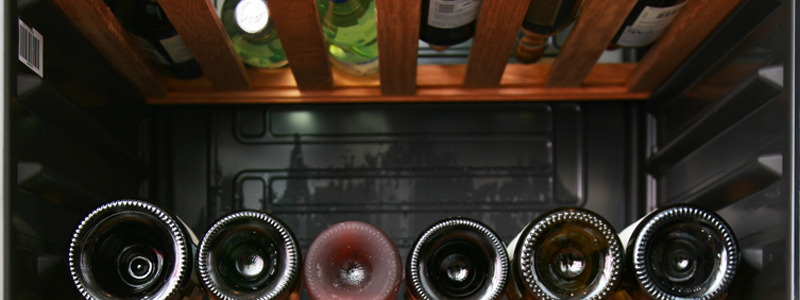For me, 1995 was a simpler time replete with relaxed-fit Structure jeans, Netscape Navigator, Boys II Men, and Applebee’s chicken wraps. I’m sure all of you managed to avoid those obvious pitfalls. It also happens to be the vintage of a bottle of Puligny Montrachet we ordered recently for a special occasion.
From the first pop and swirl, you could tell it was still kicking. It grew in the glass. You know I’m such a fool for you—did you have to let it linger on my palate for 30 seconds? And now we’re talking about 1995 and taking in the wine and marveling at the fact that something we can put in our bodies is vibrant at almost 20 years old and doesn’t feel a day over 5. Can oatmeal stout do that?
Truth is, I don’t have a bottle in my cellar older than 2004 and most are 2008 plus. Almost all of the wine I buy is meant for daily consumption within a year—you know, to smooth out the rough edges of life. But there are a few special bottles I’m collecting at the paltry rate of about half a case to a case per year. I figure aging wine is a little bit like buying an index fund—the sooner you start the better, and even a little bit pays big dividends later.
“But what if I don’t have much of a cellar?” ask the hordes of Internet oenophiles reading this. Here’s a strategy I’ve employed on countless important things in my life: first try absolute neglect. It is, by far, the most underutilized strategy for excellence out there. It just also happens to involve the least amount of effort.
Try this: buy a case of wine (all the same bottle or 6 and 6) and stick it in your closet. Pop one bottle within a month to make sure you’re not aging dead juice. Maybe try not to perch it on the radiator or the alarmingly-hot pipes in your apartment, or near the oven. Age the wine for 2-5+ years, periodically poaching a bottle to make sure you’re not making jam (and it’s also really fun and educational to see wine evolve over time). Voila. When I lived in New York, this worked for me. The apartment rarely got above 75º and below say 65º, but that’s not a deal-breaker for aging wine.
Now, do you want to store your Jefferson bottle (it’s a fake) in your 5th story Murray Hill walkup? Probably not. (Although it might be slightly better than storing it here.) I also understand that space can be at a premium. But if you’ve got a little money to burn, or you can sell even $300 of that index fund I mentioned earlier, you could have yourself a small wine fridge. Now you can really get down to this aging business.
There is also a misconception that aging wine needs to take decades. I adamantly disagree with that for a majority of wines. Take California Pinot Noir for example. For a period of 5 years, I collected bottles of some nicer Sonoma Coast Pinots and cellared them. Most of them were drinking great instantly but really well in just 2 years—hitting their stride in years 3-5—sometimes getting dumb for a while—and then developing a whole new set of flavors after year 7. By that point, I only had 1 or 2 bottles left, but it was a fun ride.
And my cellar is nothing special. It’s a passive cellar (not mechanically cooled), that consists of a dark room in my basement with some wine racks made out of 2x4s. The max temperature in the summer is around 68º and the coldest it gets in the winter is 52º-ish. I like the idea of changing temperature because the wine is alive and evolving, but it probably would be better at a consistent 55º. Who knows?
I love that great food and wine are increasingly accessible, casual, and quick. Modern cooks are far more likely to simply roast vegetables and toss them in a vinaigrette than spend time whisking a hollandaise. For those weeknight meals, there are thousands of gorgeous little quaffers. But when you’ve cooked a lobster and shucked oysters, or you’re celebrating something truly special, it’s pretty cool to roll out a bottle you stashed away a few years ago that is absolutely singing. That’s what makes wine the greatest beverage there is. And as long as it’s stored somewhere un-tropical, you should definitely give it a try.
Matthew Mullet works in energy and also spends a lot of time writing code. In the summer, he can be found tending to a large garden and sipping chilled rosé on his porch in rural Ohio.
Header image via Shutterstock.com

